Coast Guard Approvals
There’s more to being safe on the water than wearing an appropriate life jacket. Knowledge and responsibility are just as important. Learn more about how to be a good citizen of water by reading the watersports safety code below.
WATERSPORTS SAFETY CODE
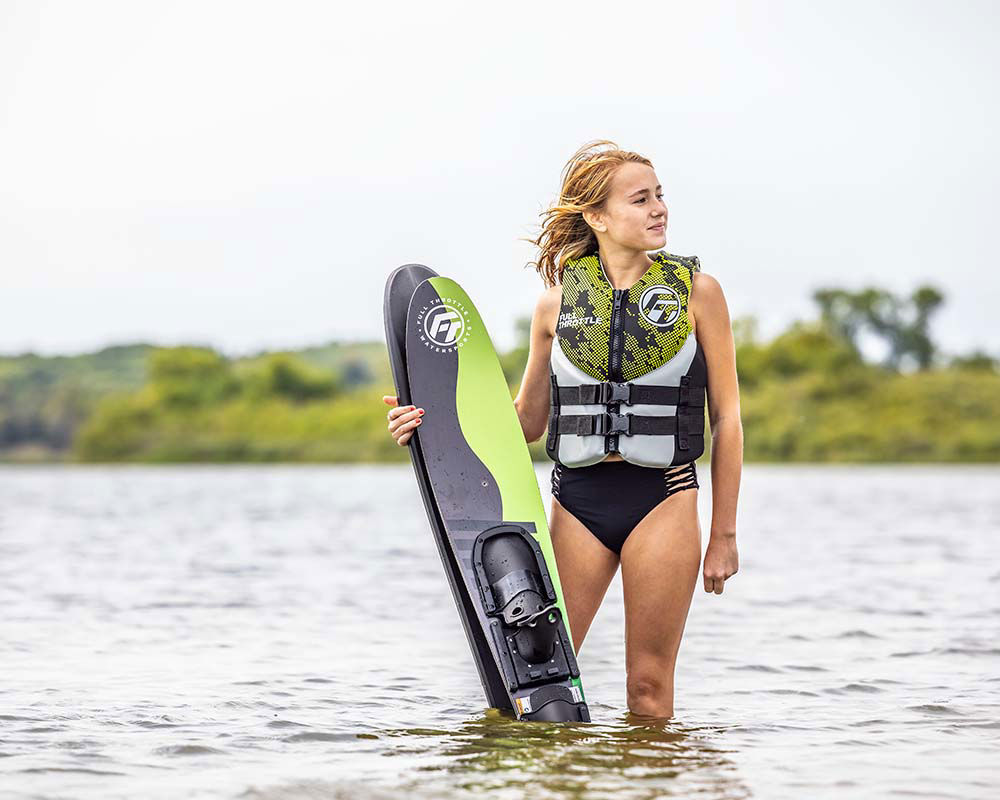
BEFORE YOU GET INTO THE WATER
- Skiing or riding instruction can help reduce risk of injury.
- Know the federal, state and local laws that apply to your area.
- If you are not familiar with a waterway, ask someone who is.
- Wear a properly fitted and rated U.S. Coast Guard-approved life jacket.
- Inspect all equipment prior to each use. Do not use if damaged.
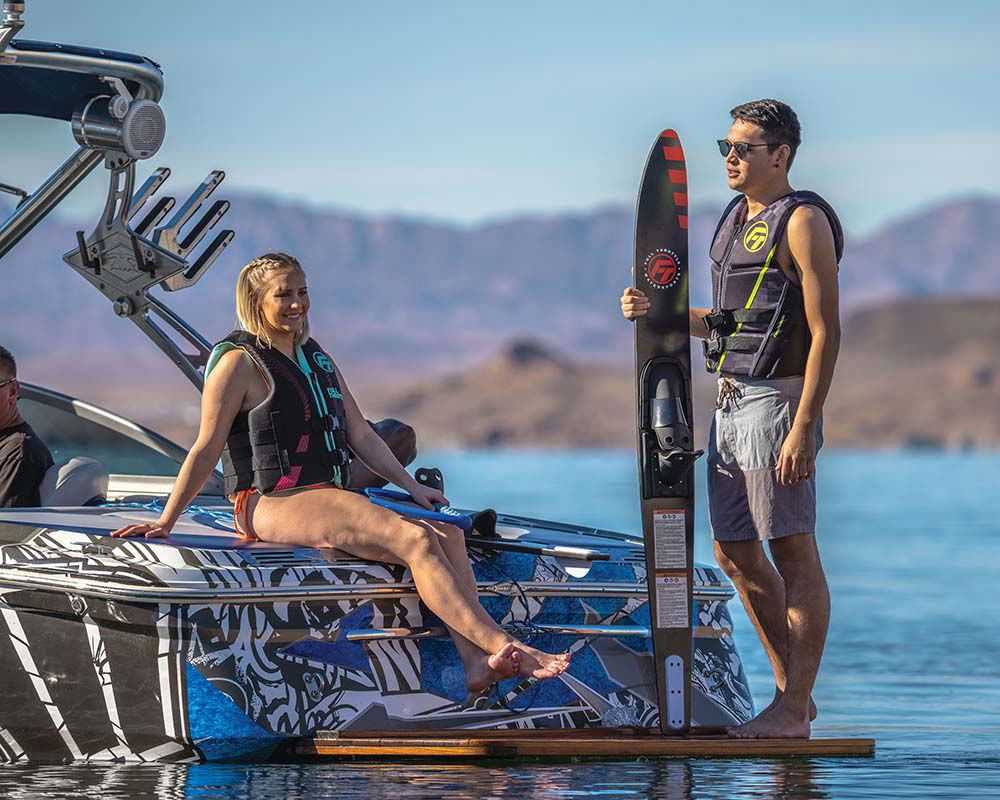
PREPARING TO SKI OR RIDE
- Always have a person other than the driver as an observer to spot the skier/rider.
- Be sure the driver is aware of the experience and ability level of the skier/rider.
- The driver, observer and skier/rider need to agree on hand signals before skiing or riding.
- Signals should include READY, STOP, SPEED UP, and SLOW DOWN.
- Don't start the engine until making sure no one in the water is near the propeller.
- Turn engine off while people get in or out of the craft, or are in the water near it.
- Always make sure the tow rope is not wrapped around anyone's body.
- Start the watercraft and move slowly to remove slack until the tow rope is tight.
- When the skier/rider signals READY and there is no traffic ahead, take off in a straight line.
- Adjust the speed according to the signals given by the skier/rider.
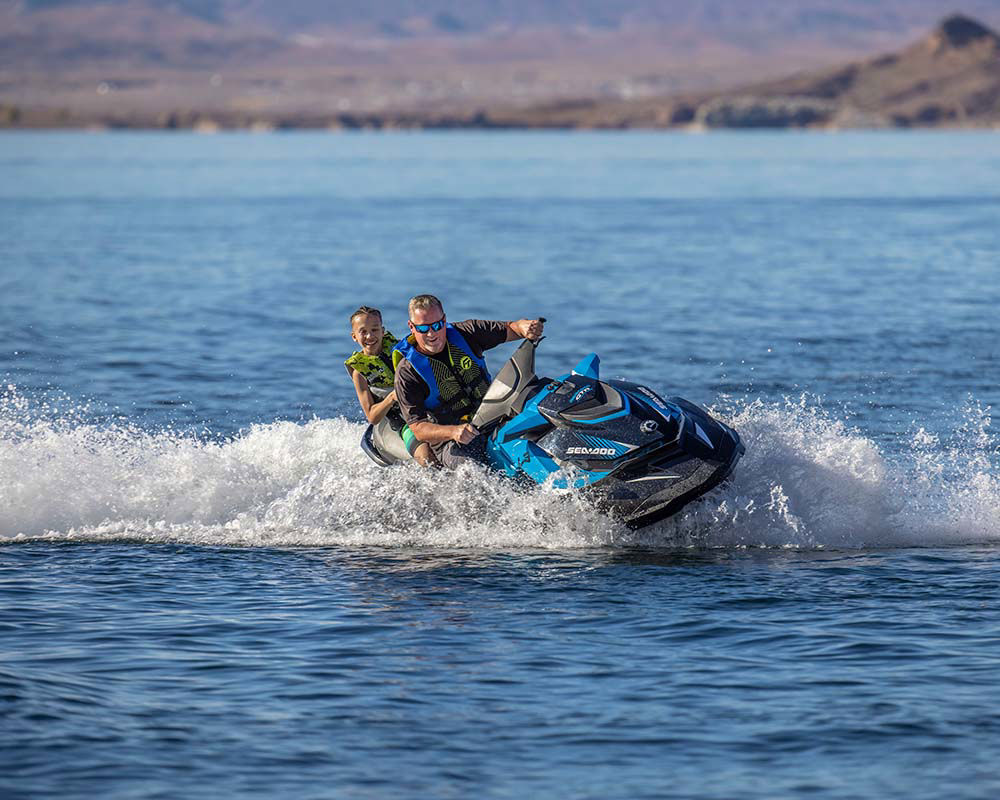
WATERCRAFT SAFETY
- A knowledgeable, responsible driver is the most important safety factor.
- Never operate a watercraft, ski or ride under the influence of alcohol or drugs.
- Never exceed the passenger or weight limitations of the watercraft.
- Never allow anyone to hang off the craft or sit outside the normal seating area.
- Never allow water to overflow the bow or gunwales of the watercraft.
- Uneven weight distribution may affect the handling of the craft.
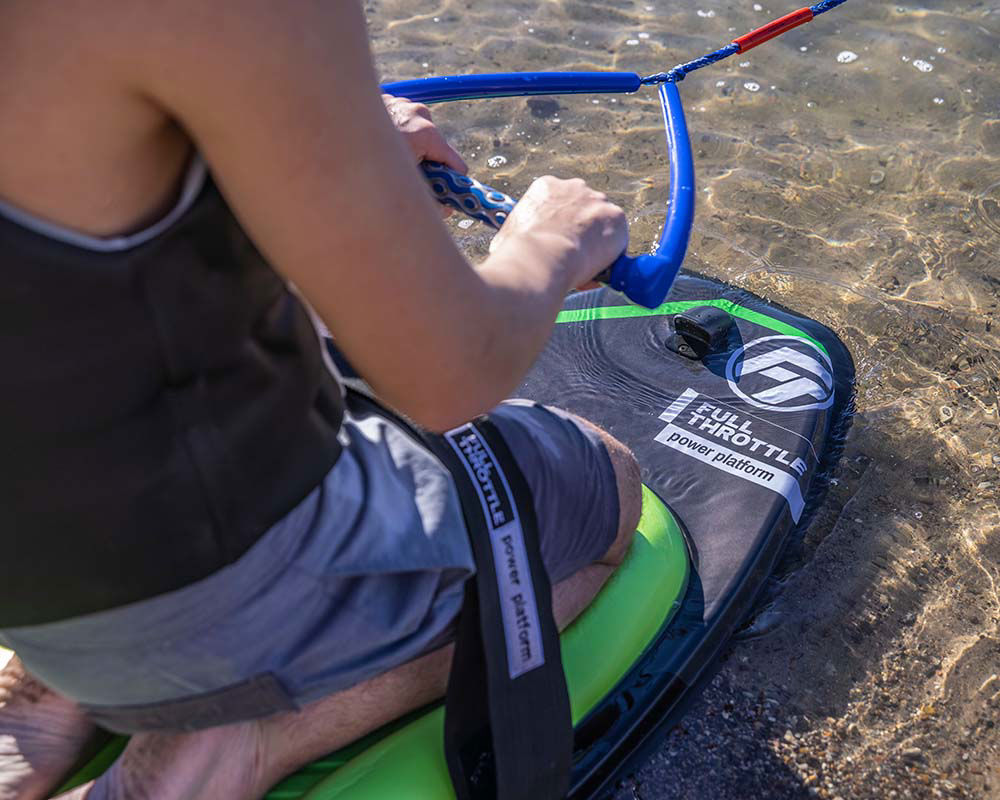
TOW ROPES
- Be sure your rope is suited for skiing/riding and is in good condition.
- Never use a rope that is frayed, knotted, unraveling or discolored from use or being left in the sun. Replace tow ropes with any sign of damage.
- Never use a tow rope with elastic or bungee material to pull skiers or riders.
- Attach rope to the craft in an approved way with hardware designed for towing.
- Keep people and ropes away from the propeller, even when idling. If rope gets tangled in a propeller, shut off engine and remove key before retrieving the rope.
- Tow ropes should be neatly stowed in the boat when not in use.
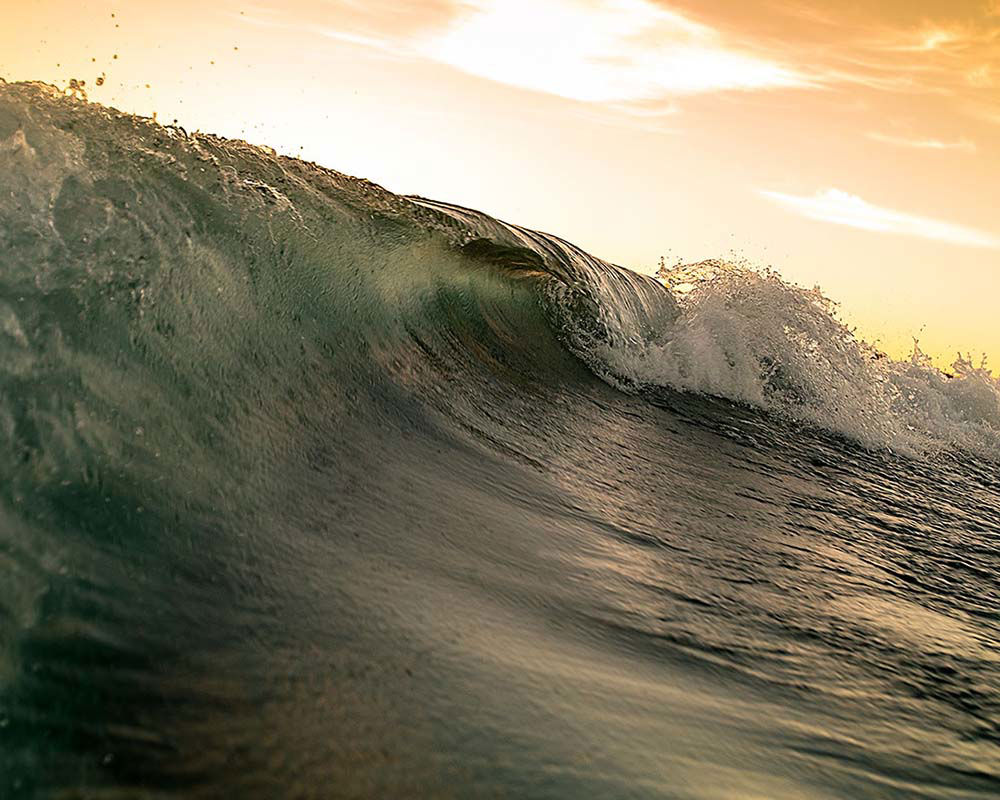
CARBON MONOXIDE
- Exhaust from a watercraft contains Carbon Monoxide (CO) — a colorless, odorless and poisonous gas. Excessive exposure can cause injury or death.
- Make sure the engine is properly tuned and running well.
- If you smell engine exhaust, move.
- Go to uscgboating.org for more info on how to help protect yourself from CO.
THE WARNINGS AND PRACTICES IN THE WATERSPORTS SAFETY CODE REPRESENT COMMON RISKS ENCOUNTERED BY USERS. THE CODE DOES NOT COVER ALL INSTANCES OF RISK OR DANGER. PLEASE USE COMMON SENSE AND GOOD JUDGMENT.
WSIA Captain's Etiquette 2016 from WaterSports IndustryAssociation on Vimeo